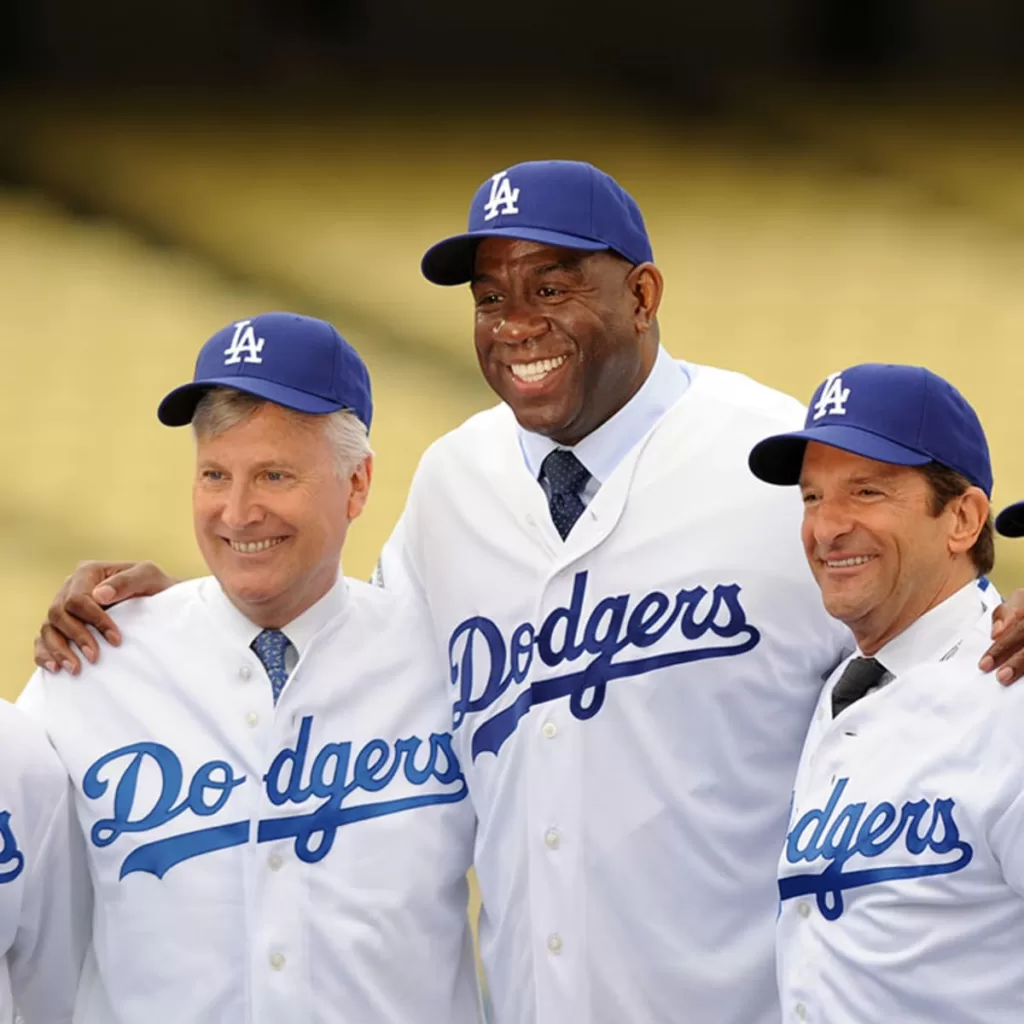The Dodgers’ sustained excellence over the past decade can be attributed to a multitude of factors. They have successfully acquired top-tier players through trades (such as Mookie Betts) and free agency (like Freddie Freeman). Additionally, their robust player development system has consistently provided them with young talent to complement their star-studded, high-payroll roster.
Like any successful team, the Dodgers have also made shrewd, under-the-radar acquisitions. For example, Jason Heyward has experienced a resurgence since joining the team on a minor league contract during the offseason. Ryan Brasier and Shelby Miller have contributed solid performances in middle relief, acquired at a minimal cost. However, none of these moves have had the impact of the August 2021 waiver claim of right-handed pitcher Evan Phillips.
At the time of his acquisition, Phillips had already appeared in parts of four MLB seasons. He made his debut with the Braves and was part of the 2018 deadline trade that sent Kevin Gausman from the Orioles to Atlanta. While with the Orioles, Phillips displayed strikeout potential but struggled with control. At the end of the 2020 season, the rebuilding Orioles placed him on waivers, and he went unclaimed.
Phillips remained in the Orioles’ system until the following August when he was released, carrying an ERA slightly above 5.00 in Triple-A. The Rays signed him to a minor league deal, gave him one three-inning outing in the majors, and then demoted him again. When he hit waivers for the second time, the Dodgers made a successful claim.

Initially, it appeared to be a routine transaction. Phillips had a career ERA of 7.26 in 49 appearances, and relievers with strikeout potential but control issues frequently changed teams. Phillips also had no minor league options left, meaning he couldn’t be sent down without clearing waivers. There was a possibility he might be squeezed out of the Dodgers‘ bullpen, similar to his experience in Tampa Bay.
Phillips pitched 10 1/3 unremarkable innings down the stretch and was left off the playoff roster for the first two rounds. However, he made a significant impact in the NLCS, pitching three scoreless frames despite the eventual loss to the Braves. He retained his spot on the 40-man roster during the offseason and began the following year in middle relief.
Within just a couple of months, he had established himself in a more high-leverage role. Phillips had a breakout season, posting a 1.14 ERA in 63 innings, the lowest among all relievers with 60 or more innings pitched. He struck out nearly one-third of opposing batters while significantly reducing his walk rate to below average at 6.4%. Although he didn’t dramatically increase the number of pitches in the strike zone, he consistently enticed hitters to chase pitches outside it. As a result, opposing hitters swung at more potential balls while becoming more selective within the strike zone. Phillips provided a much more challenging at-bat for his opponents